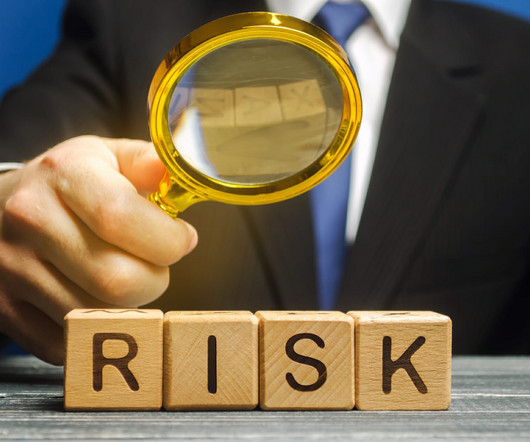7 Reasons Why Cybersecurity Fails
NexusTek
JULY 28, 2021
67% of IT professionals believe the use of bring-your-own devices during the remote work of the pandemic has decreased their organization’s security health ; a claim which a Ponemon Institute survey supports : 68% of businesses experienced one or more successful endpoint attacks in the past 12 months. million to $8.94














Let's personalize your content